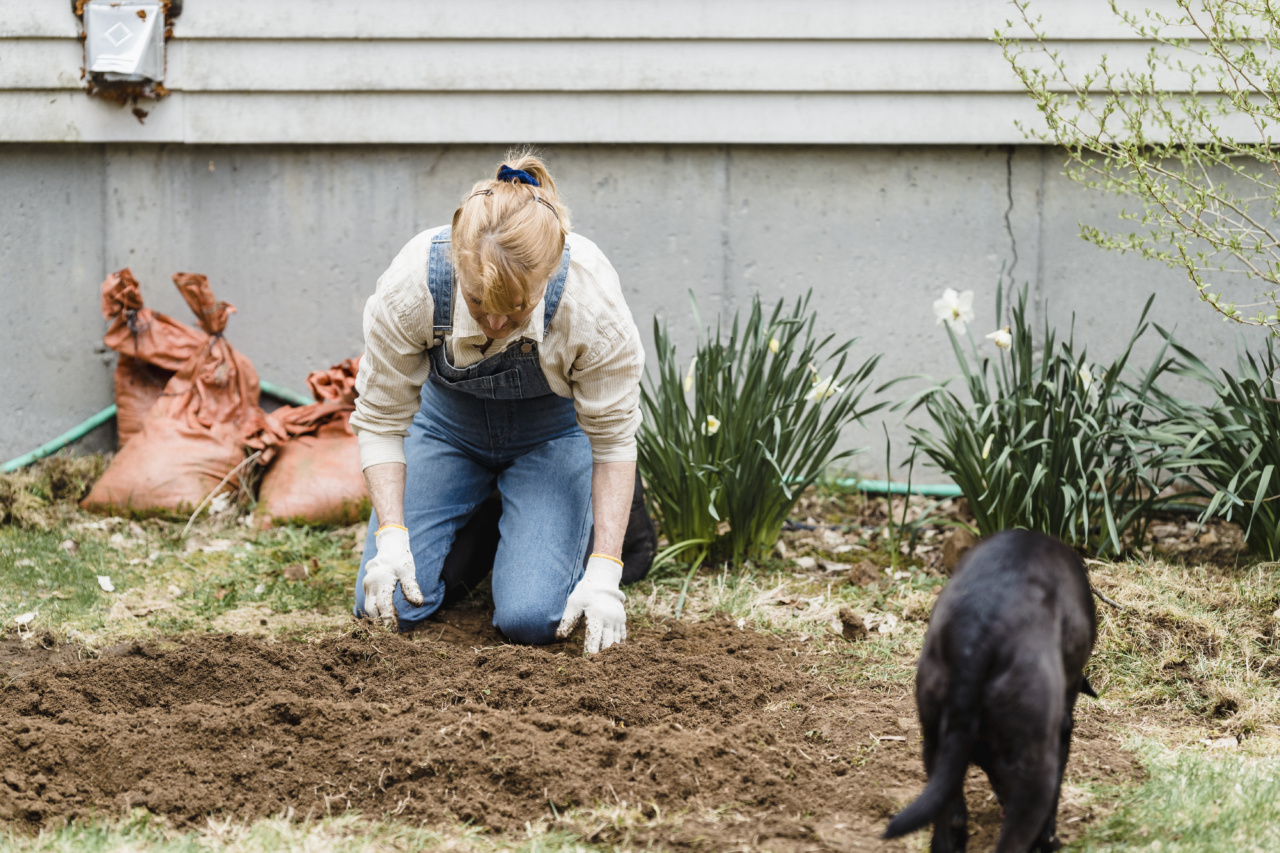Training a dog is a task that requires a lot of patience, dedication, and consistency. However, even the most well-meaning and committed dog owners can sometimes inadvertently hinder their dog’s learning process through their behavior.
In this article, we’ll explore ten common owner behaviors that can negatively impact a dog’s training and provide insights on how to avoid them.
1. Inconsistency in training
Consistency is key when it comes to dog training. Owners who are inconsistent with their rules and commands confuse their dogs and hinder their learning process.
If you allow your dog to get away with bad behavior sometimes, but not others, your dog will struggle to understand what’s expected of them.
To avoid inconsistency, make sure everyone in your household is on the same page. Establish clear rules and stick to them. If you’ve decided not to allow your dog on the couch, don’t let them up sometimes.
Similarly, if you’re training your dog to sit, make sure everyone uses the same command and rewards them consistently for doing it correctly.
2. Lack of patience
Dog training takes time, and different dogs learn at different rates. Owners who become frustrated or angry when their dogs don’t immediately understand or obey commands hinder their dogs’ learning process.
Dogs can sense their owners’ emotions, and if they feel pressured or anxious, they’ll struggle to learn.
To be an effective trainer, you must stay patient and calm with your dog. Remember, learning is a gradual process, and your dog won’t learn everything overnight.
Celebrate small successes and be persistent in your training, and you’ll get there eventually.
3. Using physical punishment
Using physical punishment to discipline your dog is not only harmful and potentially dangerous but can also hinder their learning process. Dogs who are hit or kicked are likely to become fearful or aggressive, which can make them harder to train.
Instead of using physical punishment, opt for positive reinforcement training. Positive reinforcement involves rewarding good behavior with treats, praise, and playtime, which encourages your dog to repeat that behavior.
This method is far more effective and promotes a positive and happy relationship between you and your dog.
4. Overfeeding your dog
Dogs who are overweight or obese can struggle to focus during training sessions, making it harder for them to learn and process information.
Additionally, overweight dogs are more prone to health problems that can affect their quality of life, including joint pain, diabetes, and heart disease.
If you’re struggling with weight management, it’s important to monitor your dog’s weight and adjust their diet accordingly.
Consider feeding them smaller portions throughout the day and ensure they’re getting enough exercise and physical activity.
5. Not socializing your dog
Dogs who are not adequately socialized can struggle to learn essential social cues and communication skills, which can hinder their learning process.
Dogs who don’t have the opportunity to interact with other dogs and people can become fearful or anxious, which can make training more challenging.
Make sure you socialize your dog from an early age. Take them to dog parks or arrange playdates with other dogs. Encourage them to interact with people of different ages, genders, and appearances, and reward good behavior with treats and praise.
6. Not engaging your dog mentally and physically
Dogs need mental and physical stimulation to be happy and healthy. Owners who don’t engage their dogs mentally or physically hinder their learning because a bored dog is a distracted dog.
Dogs who are bored or understimulated are more likely to display destructive behavior, such as chewing, digging, or barking.
Ensure your dog has access to toys, puzzles, and games that will challenge them mentally. Additionally, make sure they’re getting enough exercise and physical activity.
Play fetch or take them on long walks, making sure they’re getting enough stimulation and exercise to satisfy their needs.
7. Allowing your dog to have too much freedom
Dogs who have too much freedom or independence can struggle to learn because they’re not used to following rules or commands. Dogs who are used to doing whatever they want are more likely to ignore commands or display defiant behavior.
It’s important to establish yourself as the pack leader and to provide your dog with clear rules and guidelines for behavior. Ensure your dog knows what’s expected of them and stick to these rules consistently.
Additionally, use positive reinforcement to reward good behavior and discourage negative behavior.
8. Not giving your dog enough attention
Dogs are social animals and thrive on attention from their owners. Owners who don’t give their dogs enough attention can cause their dogs to feel neglected or underappreciated, which can impact their learning process.
Make sure you spend enough quality time with your dog. Play games, pet them, cuddle with them, and give them plenty of love and attention.
Positive reinforcement can also help build a closer bond with your dog, improving their behavior and learning process.
9. Ignoring your dog’s body language
Dogs communicate through body language, and owners who ignore or misunderstand their dog’s signals can hinder their learning process.
For example, dogs who are wagging their tail may not necessarily be happy or relaxed; they may be anxious or nervous.
Learn to read your dog’s body language and understand what they’re communicating. This can help you tailor your training techniques to their needs, ensuring you’re not overwhelming or scaring them.
10. Not training your dog consistently
Consistency is key when it comes to training. Owners who don’t train their dogs consistently are more likely to hinder their learning process, as dogs need regular repetition and reinforcement to learn effectively.
Make sure you train your dog regularly, and establish a routine that works for both you and your dog. Ensure everyone in your household is on the same page and uses the same commands and techniques to train your dog.
Additionally, regular training can help build a closer bond between you and your dog, improving their behavior and quality of life.

























